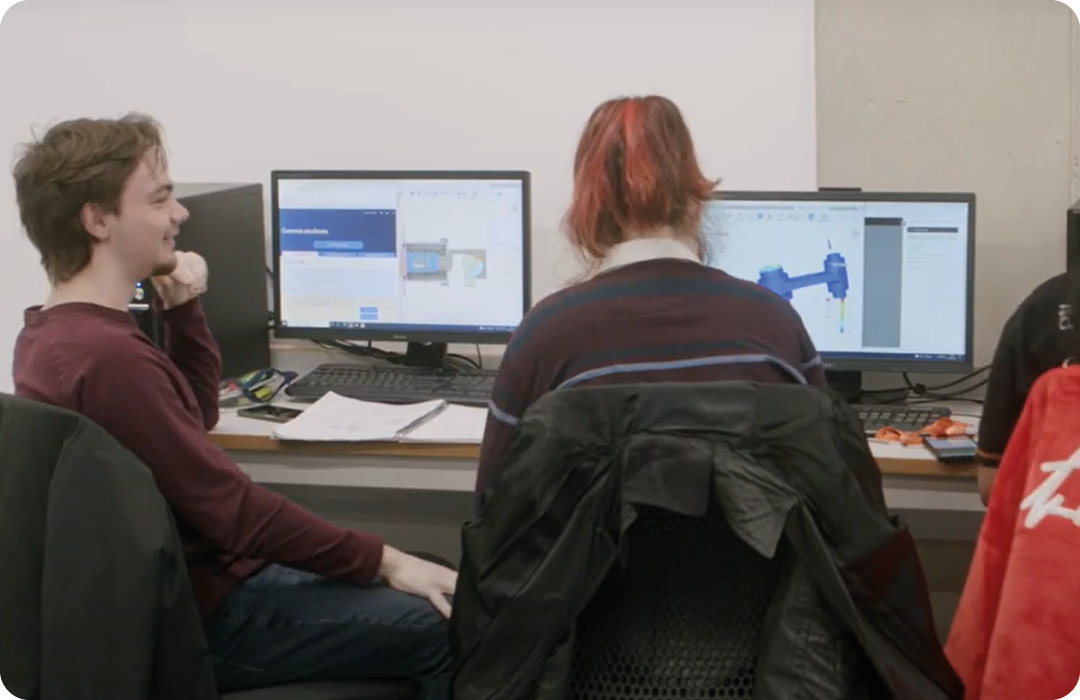A guide to simplifying your Azure migration
5 minute read
Kelsey Smith
September 18th, 2024
Spend less time worrying about the expense and maintenance of on-premises activities by making your Azure migration hassle-free. With many Windows Server and SQL Server applications reaching End of Life, now is the time to make the most out of cloud migration services.
You need to modernise your application stack and optimise costs. Doing an Azure migration will enable you to take advantage of intelligent security, seamless hybrid capabilities, and unique cost savings options.
Azure migration can be a complex process, unique to each organisation. To help you navigate migration, we have outlined the key steps and best practices to ensure success.
Azure migrate step-by-step
You’ve completed the first step needed for an Azure migration – deciding to do it.
While making the decision to go ahead with an Azure migration is great, many organisations struggle to understand how to go from where they are now to where they want to be. Cloud migration services are an easy way to migrate to your desired workflows, offering a simple, cost-effective approach to optimisation.
While cloud migration services bring value to your Azure migration, it is advisable to be familiar with the Azure migration process. Generally, a project for migrating to Azure will follow the steps outlined below.
Step one: assess
Before starting an Azure migration, you need a clear inventory of your assets, including applications, the number and type of servers or VMs, and a plan for transferring these elements to the cloud.
By the end of this stage, you should have granular detail about all your assets, and a clear plan for transferring these to the new environment. In an ideal world, every asset would be fully compatible with your chosen cloud platform and ready to migrate. In reality, not every asset will be compatible, and you may not want migrate all of your assets to the cloud anyway. Planning for these instances before beginning the Azure migration will simplify processes down the line.
Step two: migrate
Using your asset assessment, organise your assets into a migration plan based on priority, complexity, and business use. You should clearly define your Azure migration approach, choosing the best migration method based on your requirements. Your assets should be organised into four categories based on the action needed for them: rehosting, refactoring, rearchitecting, and rebuilding.
Rehosting refers to simply moving assets from their on-premises location straight to the cloud, without any changes to the code.
Refactoring means updating and extending the code of assets to be better suited to cloud environments, ensuring optimum performance.
Rearchitecting involves utilising an additional cloud provider to refactor applications, ensuring cost, reliability, and performance.
Rebuilding involves revising existing applications by adopting Platform as a Service (PaaS) or Software as a Service (SaaS) solutions, acting as a fresh start for your architecture.
You should drive decisions on which route to take with different assets by aligning with business requirements and capabilities, and then follow the recommended migration process from there.
Step three: manage
Many organisations make the move to the cloud and think that the job is done. After migration, you must then manage your cloud environment, ensuring security, compliance, and efficiency.
The management of an Azure migration encompasses five key processes: cost management, security, resource consistency, identity and access, and deployment acceleration. You should have a dedicated person or team (in-house or third-party) to maintain your cloud environment.
Cloud managed services are an easy way to not only help with the deployment of Azure migration projects, but also manage the cloud once set up. Using a cloud managed service allows you to allocate more time, resources, and funds to concentrate on primary business goals rather than constant cloud management.
Step four: protect
Security and protection are crucial procedures after an Azure migration. You need to ensure that your data and applications are safe from unauthorised access, breaches, and cyber attacks. You also need to ensure compliance with regulations and guidelines.
Your security team should be responsible for the security of your cloud environment, but with the level of alerts and increased security risk, some organisations might consider third-party security management. Our cloud managed services come with security capabilities, giving you one less thing to worry about.
Step five: optimise
This step is part of ongoing Azure migrations and development, and involves shutting down unused resources, configuring autoscaling, setting up budgets, and taking advantage of Azure Hybrid Benefits. These are all ways to optimise costs and processes within your environment to ensure you’re getting the most out of Azure.
Making your Azure migration easy
Azure migrations, even when put into simple steps, can be complex, lengthy processes. While the benefits of an Azure migration are well worth it, many organisations utilise cloud migration services to deploy new workloads.
As an Azure Expert MSP, We have several solutions, services, and managed services all designed to simplify your cloud adoption journey. Talk to our specialists to find out which solution is right for your organisation.
- Simple security
- Cost savings
- Process innovation
- Seamless connectivity
Many have already made the move
Organisations like yours have already transformed their processes and optimised their infrastructure by moving to the cloud.
Talk to our specialists about your Azure migration
Our specialists are here to help you modernise your infrastructure. Book your free one-to-one call today to explore your options.







